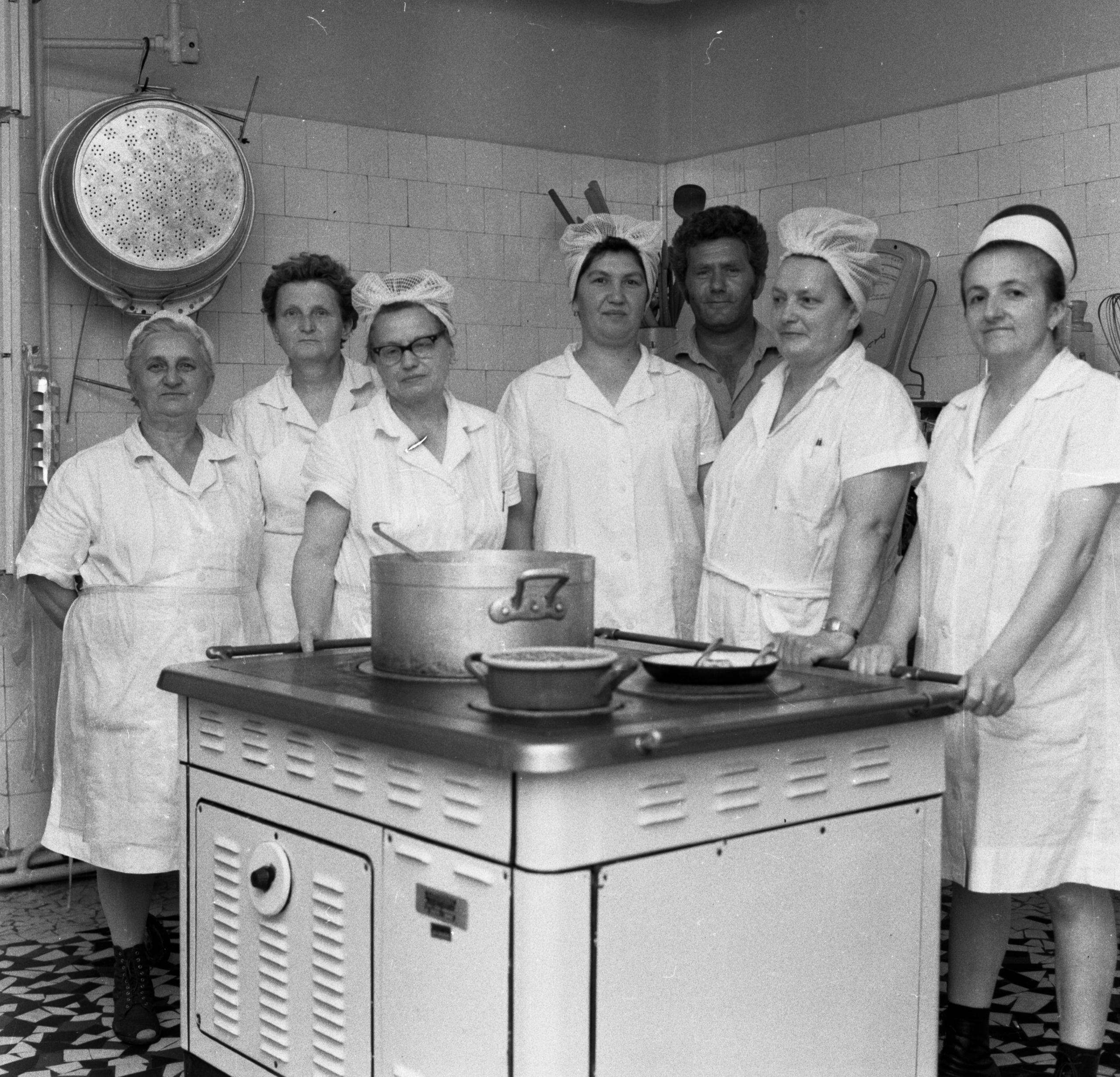The roots of public catering go back centuries. Soldiers and armies were fed from ancient times onwards, while basic dishes made in huge containers and portioned out, intended to sate the hunger of many, later appeared enough in schools and hospitals.
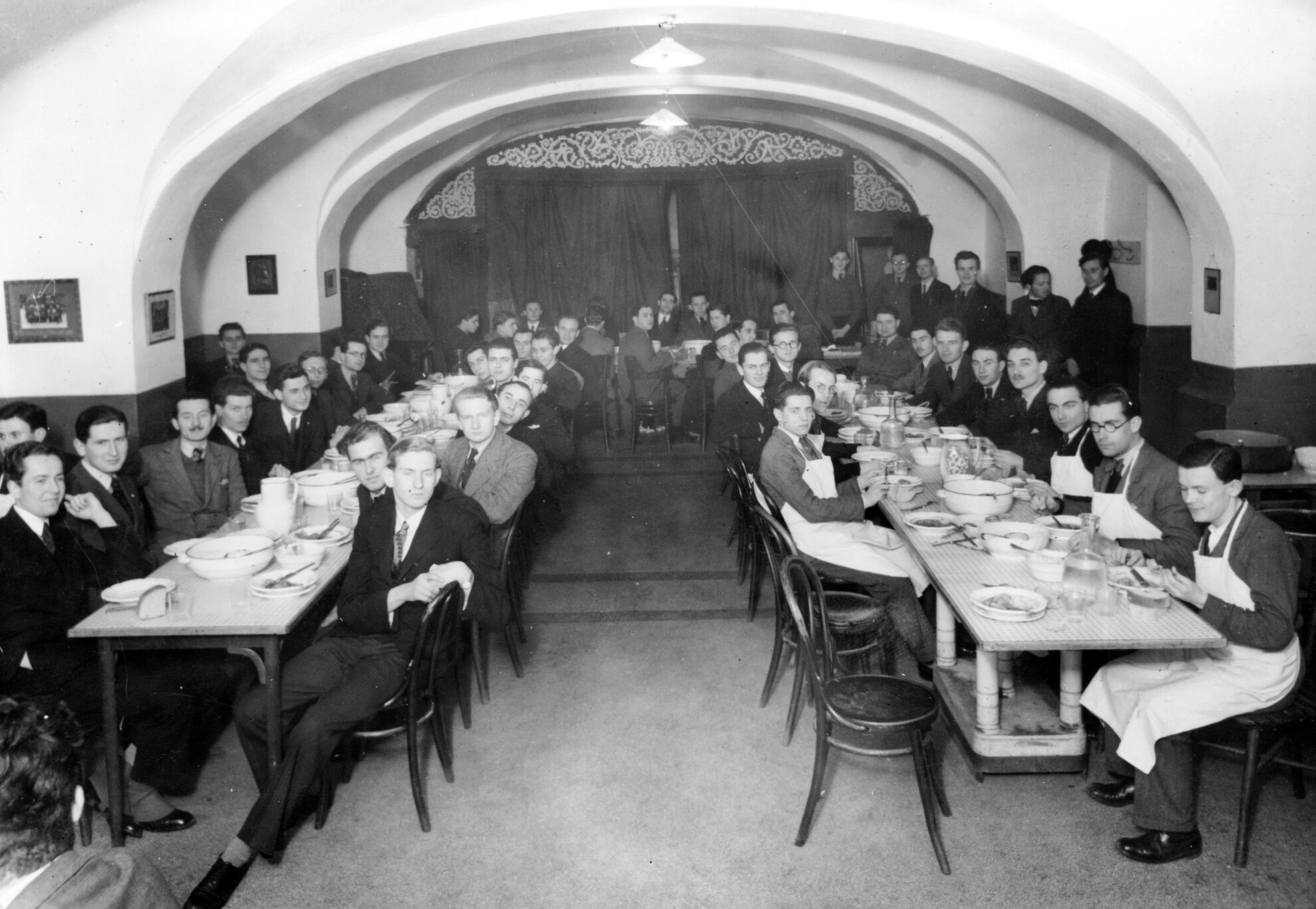
And the history of modern workplace catering can be traced back to roughly the beginnings of the Industrial Revolution in Britain. The first canteen in the traditional sense was in Robert Owen’s utopian Scottish factory in the early 19th century.
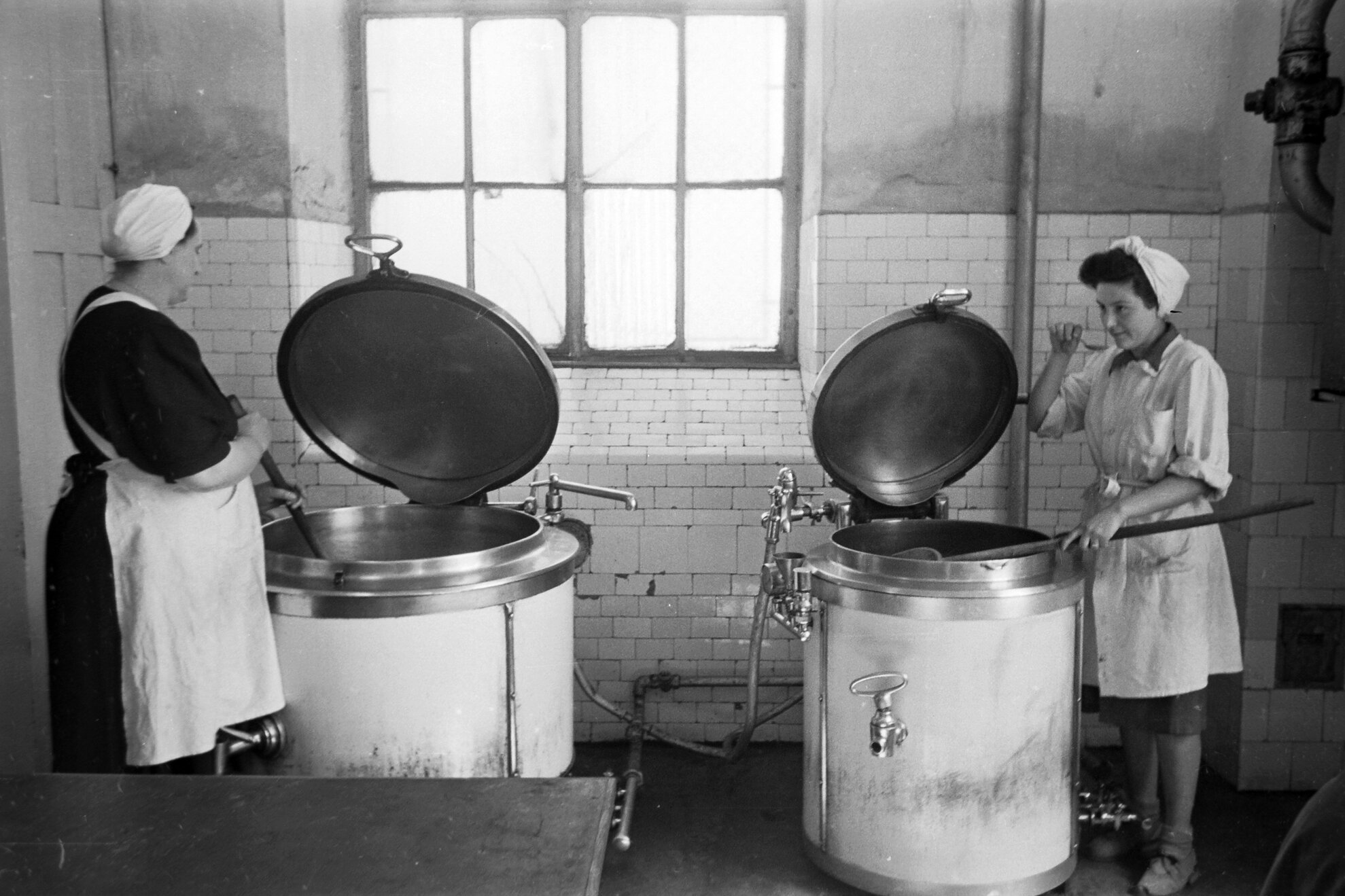
In Hungary, World War II brought about a significant change in the operation of factory kitchens. The General Economic Council ordered the introduction of cheap lunches in 1947, and in 1949 the Food Factory, born of growing demand, was opened, first cooking for 20,000 people and then 54,000 a year later.
Jam today
With food shortages still rife after the war, in factory kitchens they
cooked what they knew how to, and what they could find. Workers often kneaded
and leavened the dough.
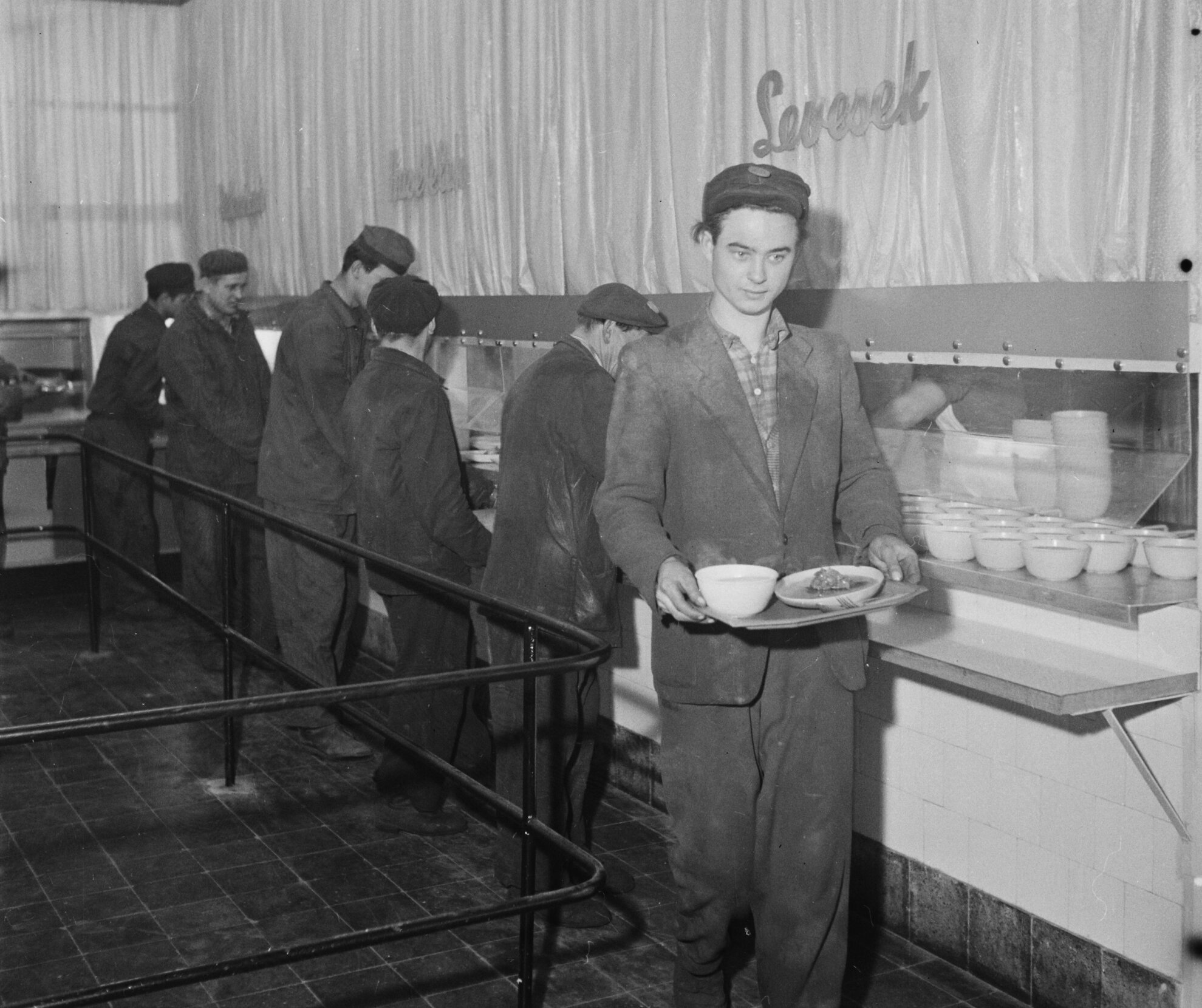
This soaring growth was partly due to the fact that more and more women were forced replace the men who hadn’t returned, so the problem of running the household had to be solved. Families under suspicion by the Communist authorities also had to dine in groups, equal treatment suiting the somewhat paranoid Socialist system.
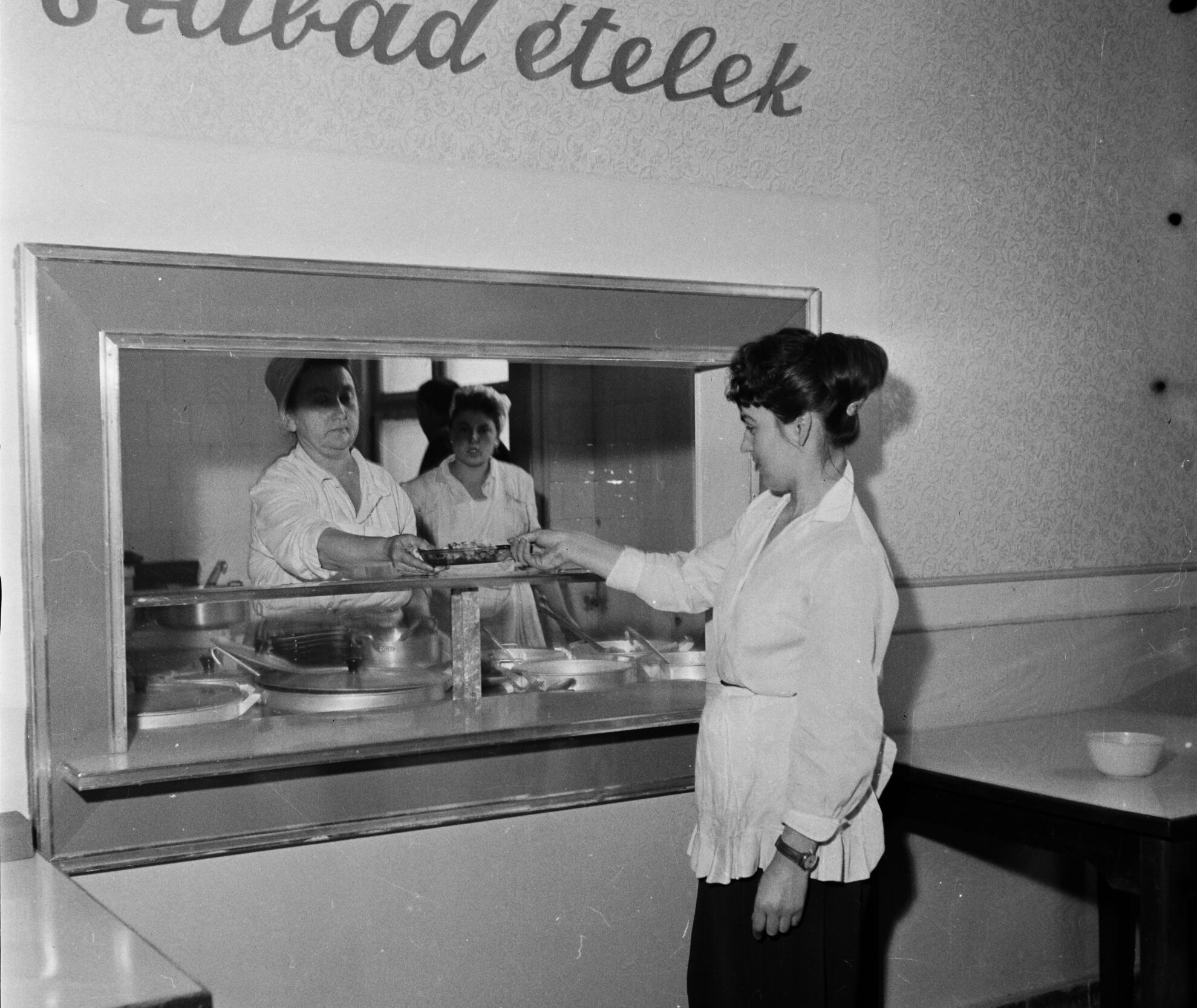
The 1960s brought a major change in public catering, it was around this time that the self-service system was introduced in factory canteens, which significantly shortened meal times, also making the act of eating more impersonal.
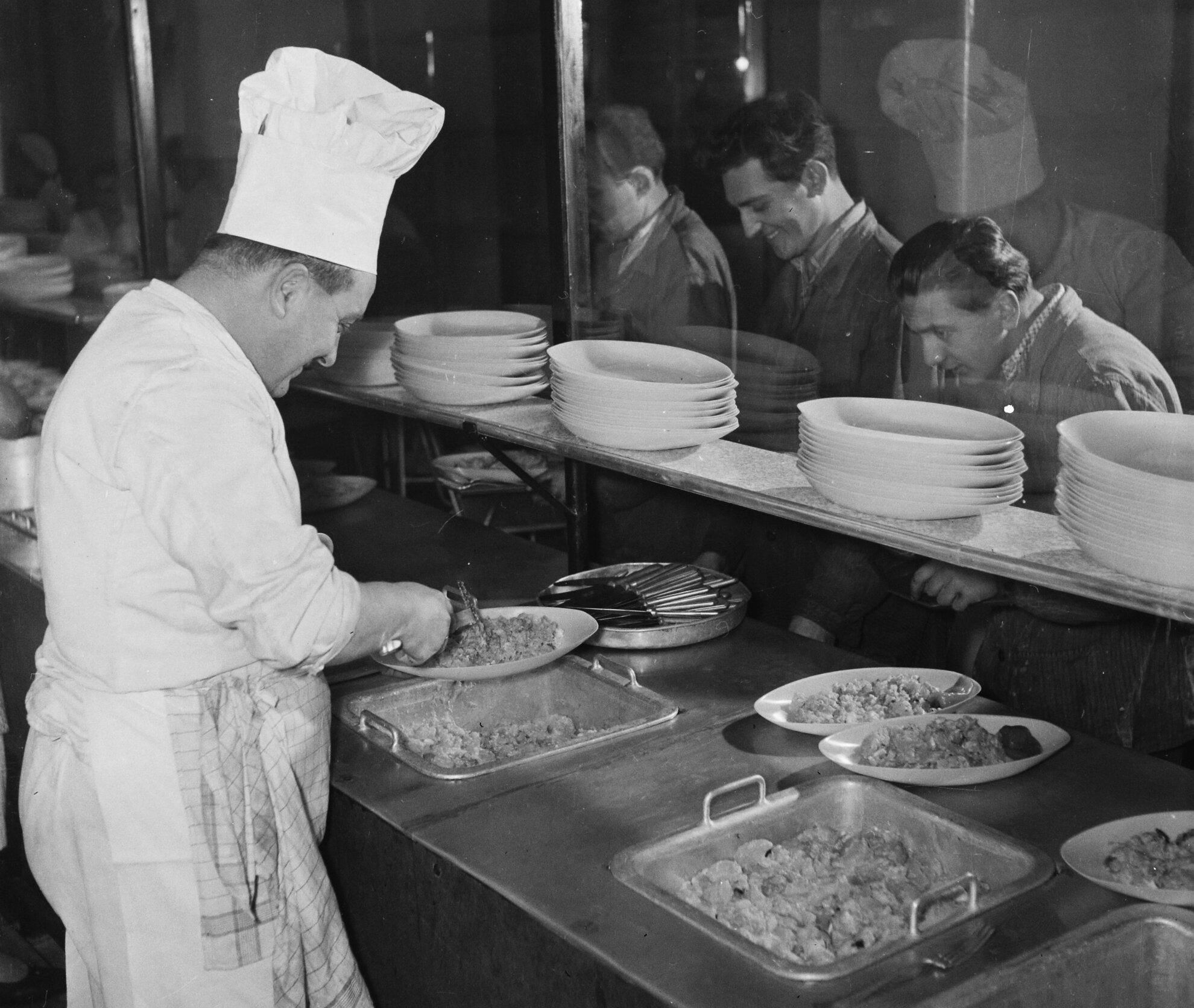
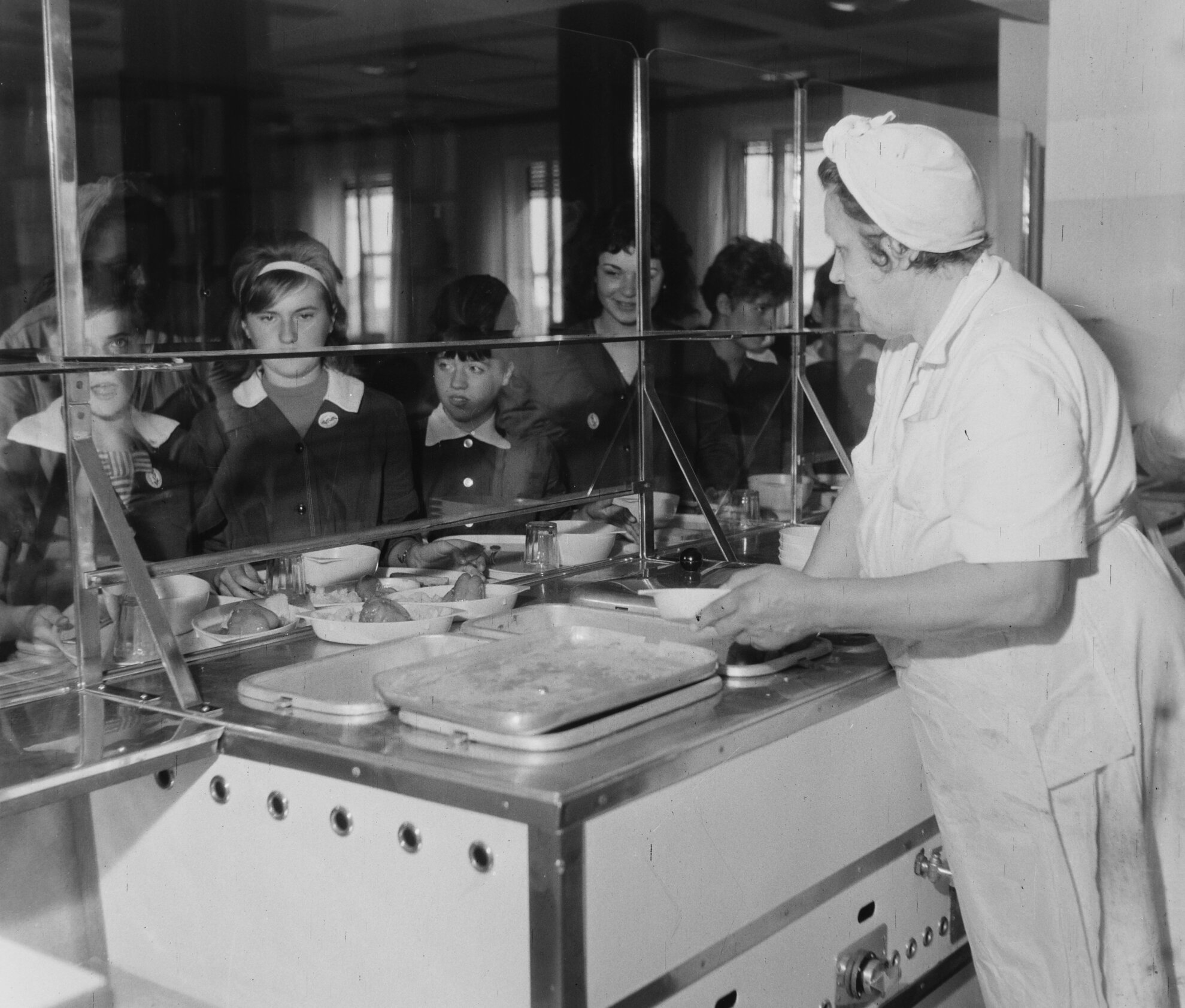
It was at this time that the well-known prototype of the canteen lady with her huge ladle came into focus, her figure a familiar sight in the serving area.
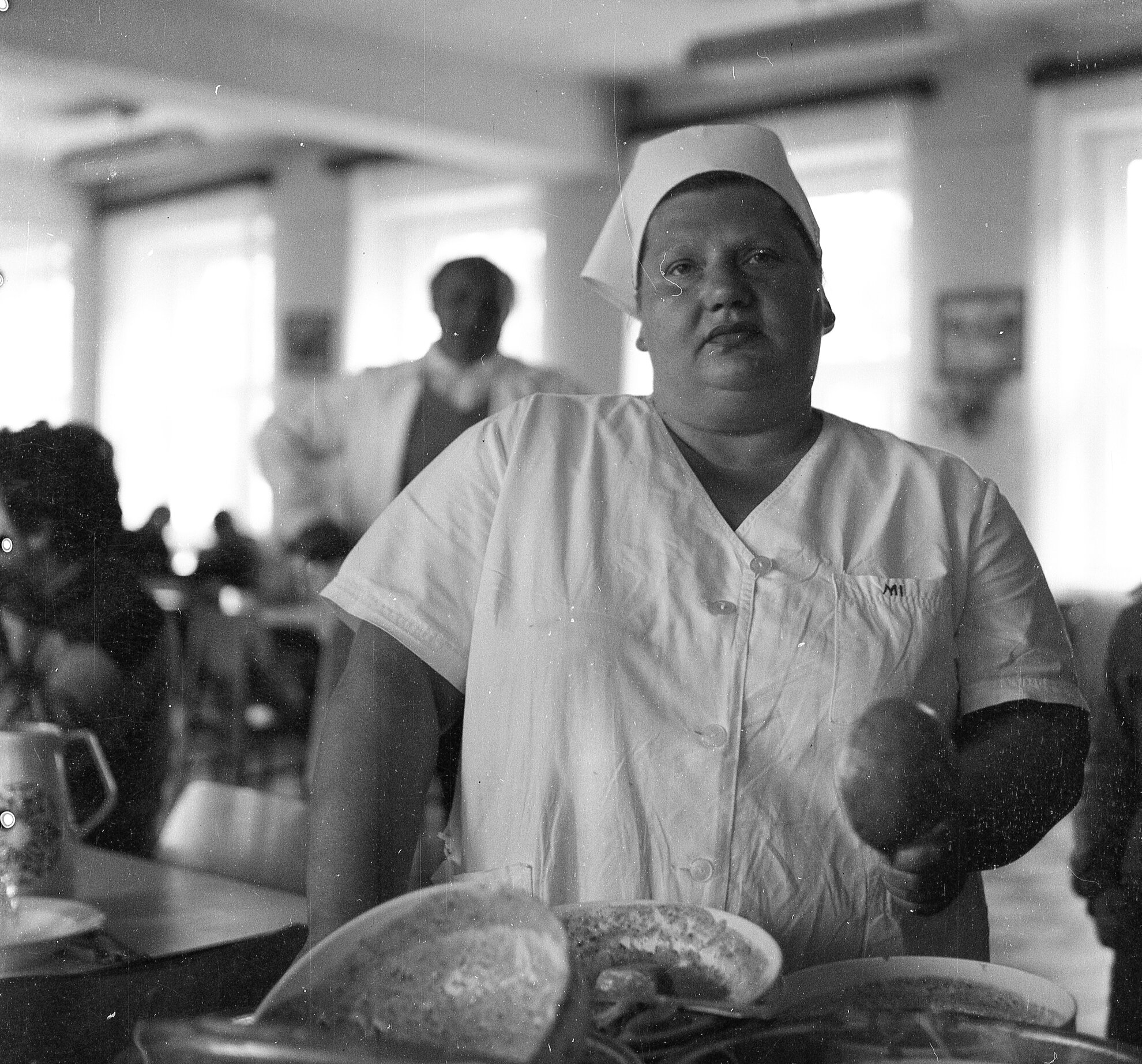
Across the counter
"This year, 80-year-old auntie Kati", described a report in 1989, "celebrates a decade working at the canteen of the Hungarian Army offices in District V, helping to feed its 1,200 workers. To make sure that everything is ready, Kati often starts work at 5am, especially if the Hungarian fried dough treat of lángos was on the daily menu, having have 150 ready to go by 8am. Her colleagues arrived around this time, and the two types of regular menus and the à la carte offer for the more discerning, better-paid diner began with fresh ingredients."
"The lunch menu included one type of soup, two main courses and freshly cooked à la carte dishes. By noon, everything had to be ready, then delivery to the barracks began. This was followed by tidying up, cleaning and preparation of the next day’s food until 3pm. There were 22 people working in the kitchen, including waiters and cleaners, while Kati had six or seven immediate colleagues."
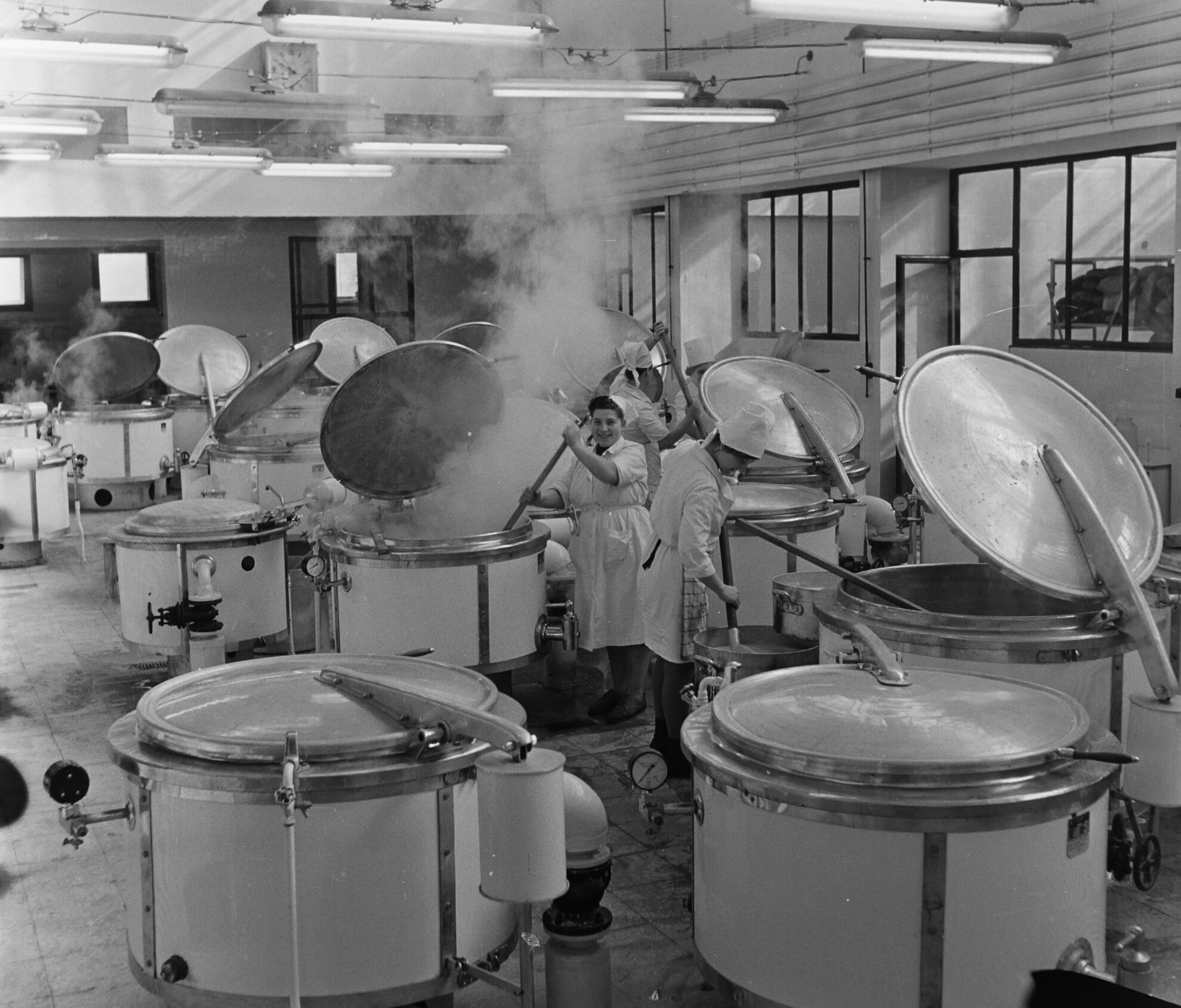
Everyone remembers the main characters from their mealtimes, wherever they grew up and went to school.
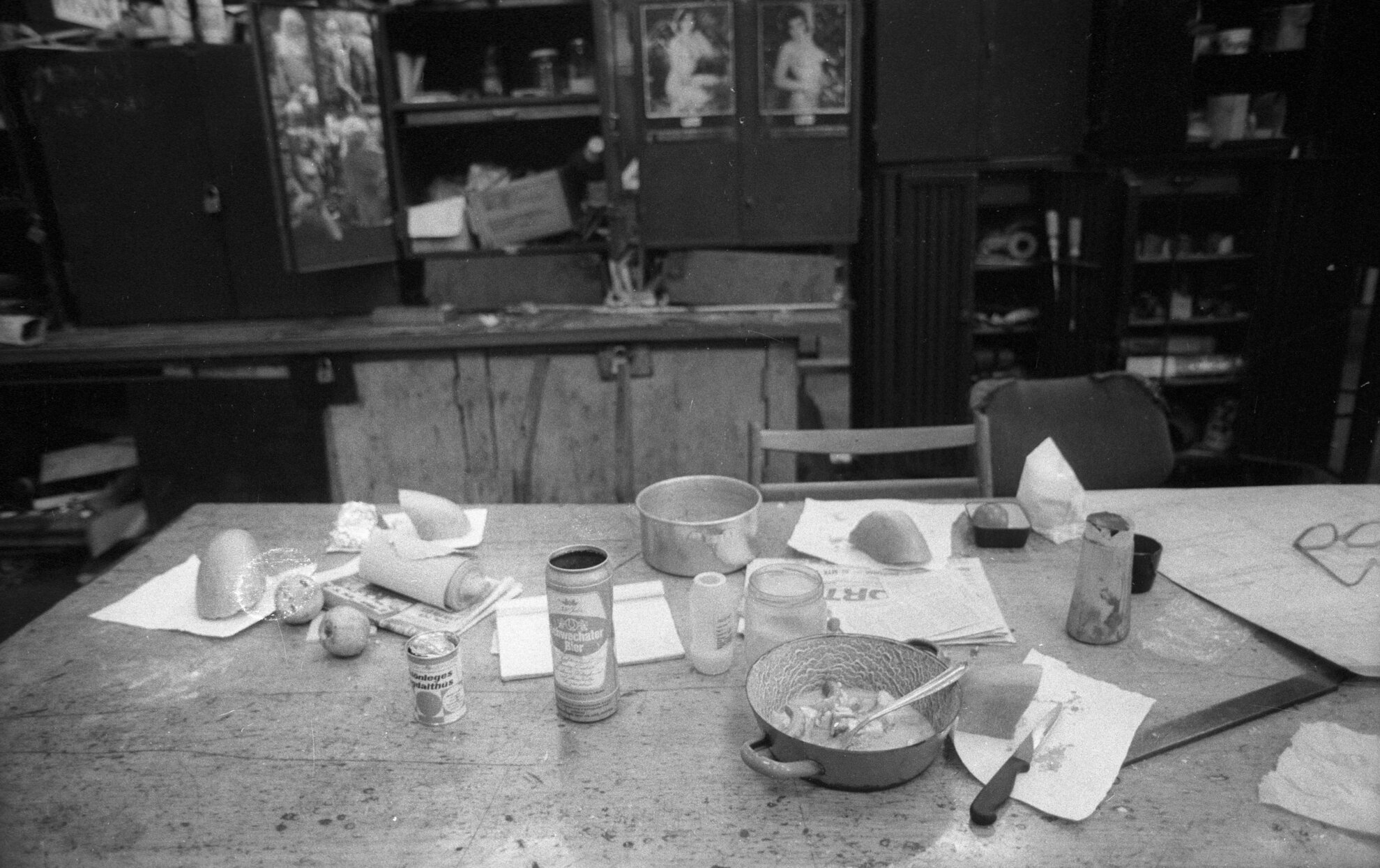
By the ’80s, not only the roles but also the rules of catering were being modernised. In line with the change in nutritional principles, the diets of children and adults finally separated, but nurseries and school canteens were hardly examples to follow. For many Hungarians, poppy-seed pasta served after goulash, then sponge cake and chocolate sauce, are an indelible childhood memory.
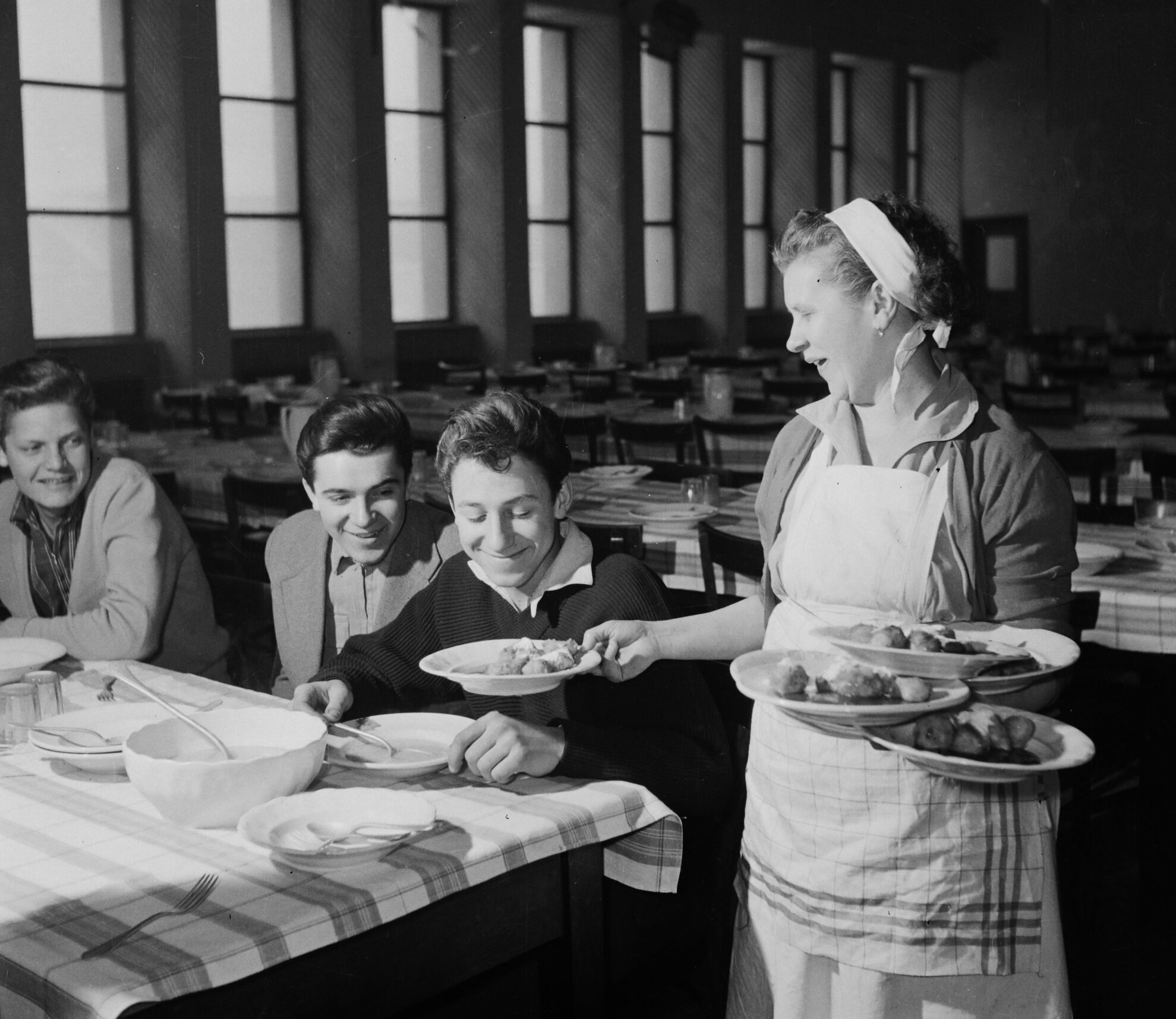
Catering today has involves wide variety of diners, most of whom convene
at school or at work, but a separate group is also represented by those who eat
in social welfare, the military and prisoners.
Today, there are serious rules
for the operation of such a canteen, in addition to the hygienic aspects, the
intake of nutrients and health also appear more and more, dependent on the ratio
of price and value.
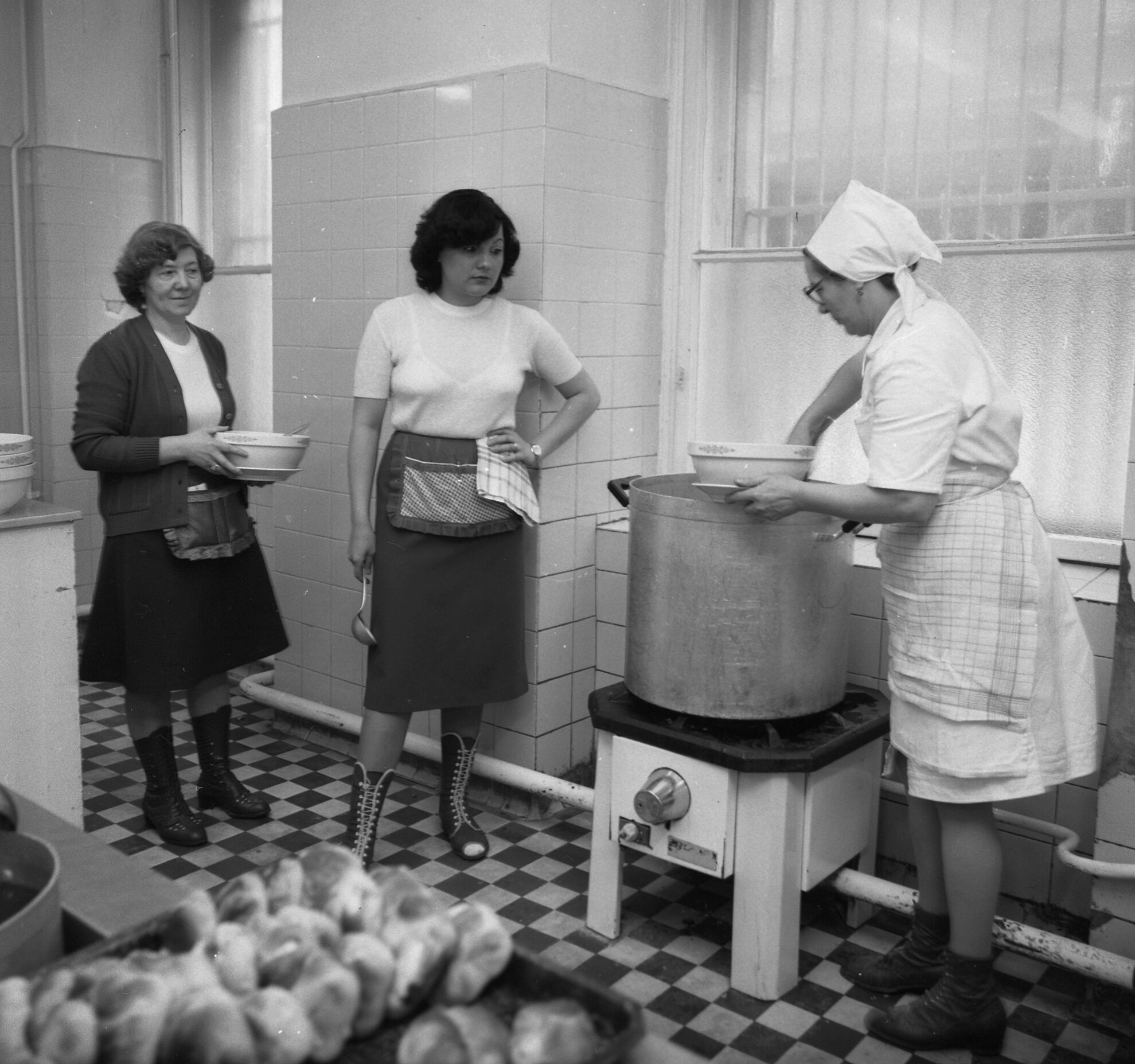
Despite improvements in nutritional science and the at tightening of the law concerning public catering, obviously bad examples still exist, but all now understand the importance of avoiding salt and other additives when feeding children, and there are also strict rules for feeding adults, too.
Of course, meeting diverse needs is increasingly difficult, but a good work or school canteen and a loving chef can sneak five minutes of joy and serenity into the lives of the most deprived child or stressed adult. This might be worth appreciating the next time you sit down to a communal meal.
